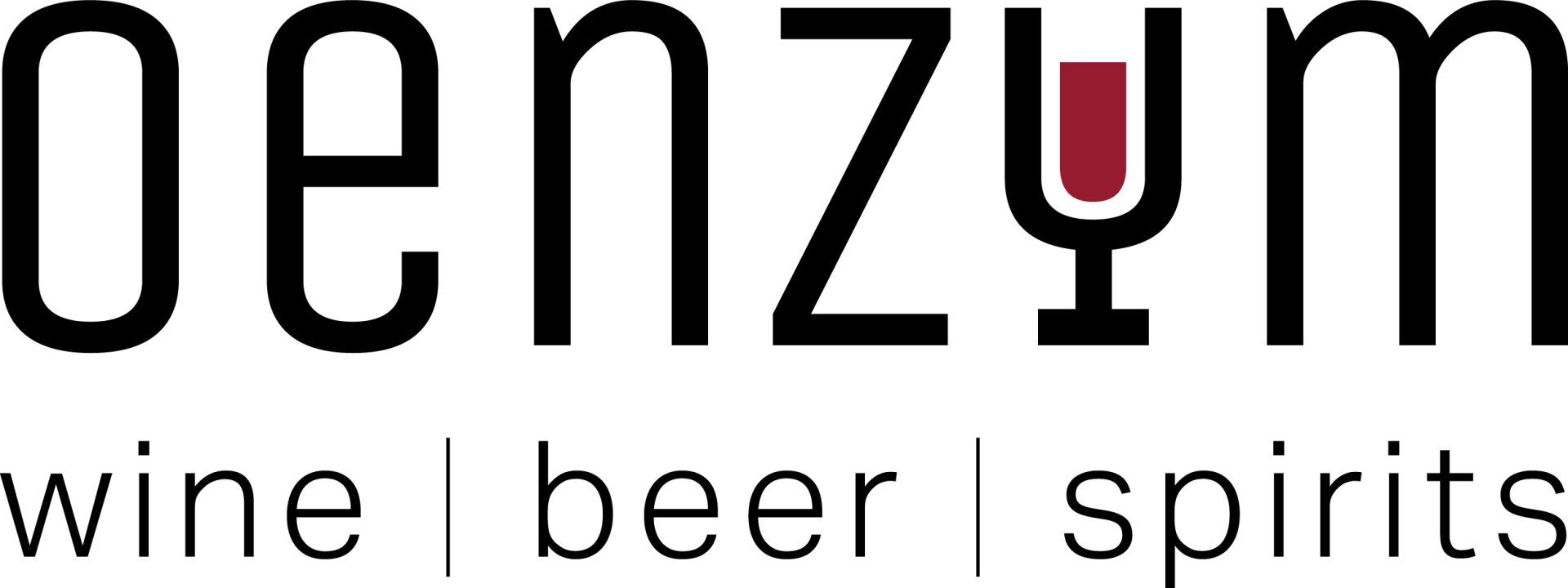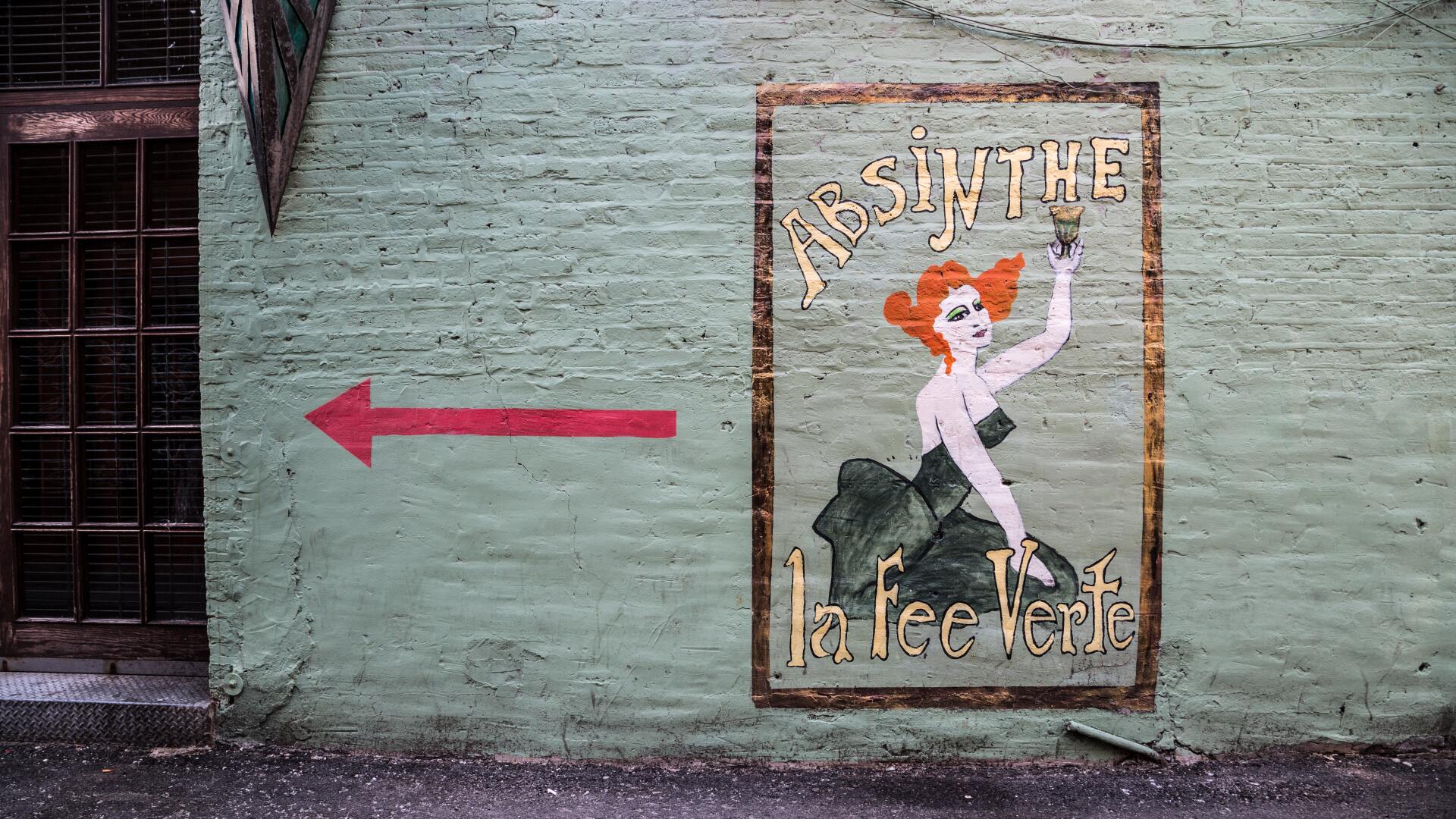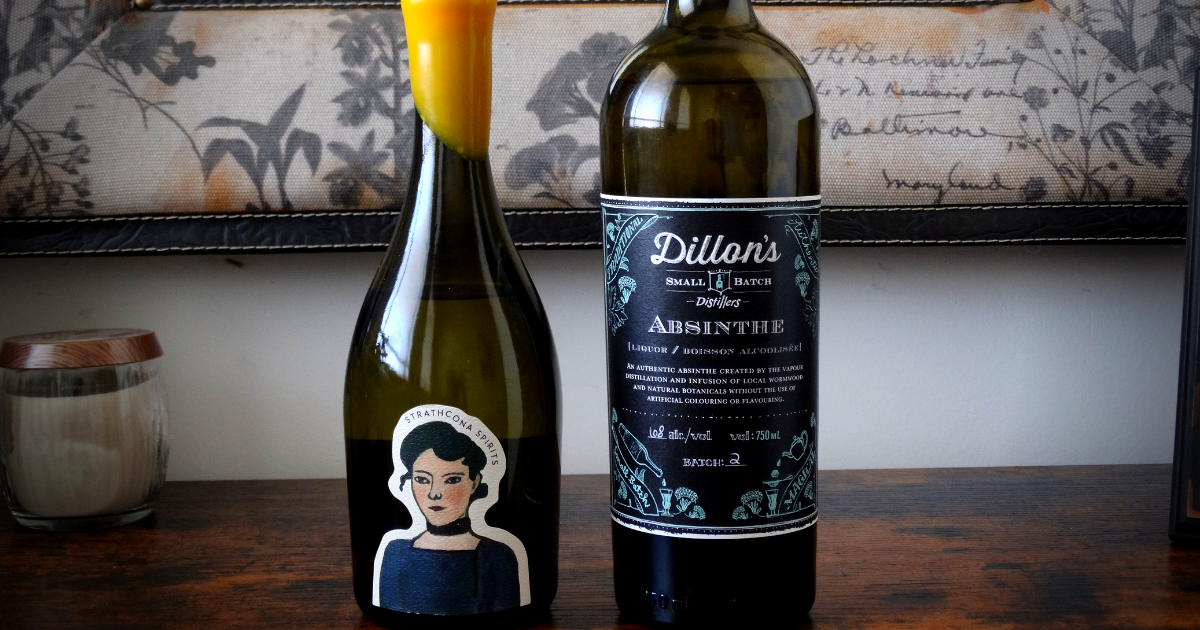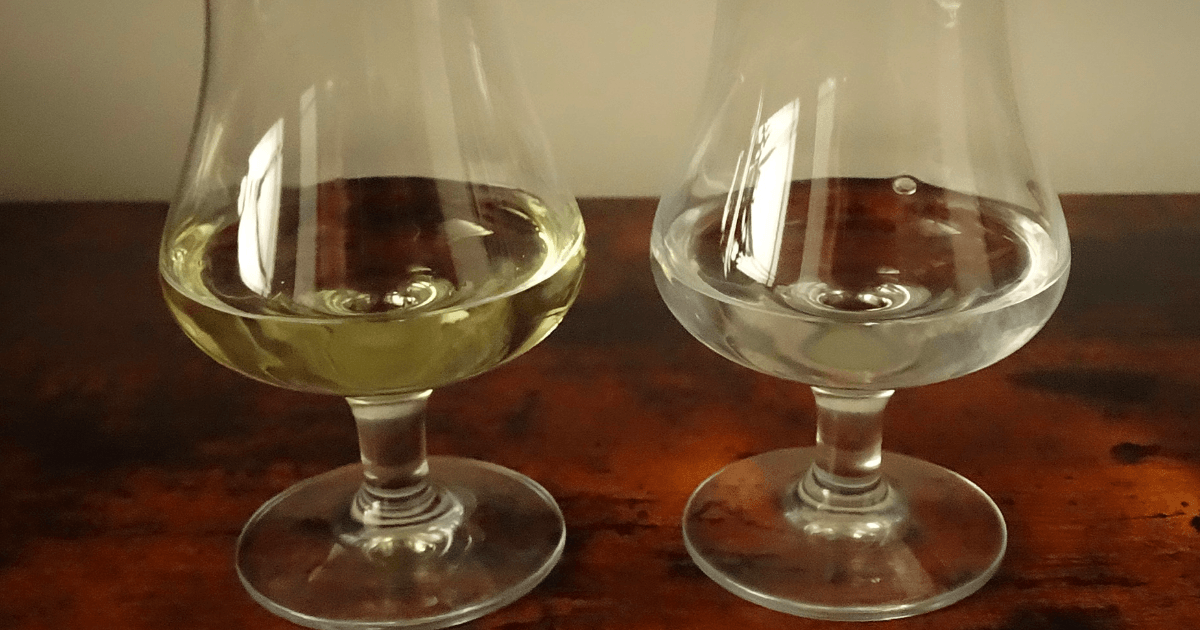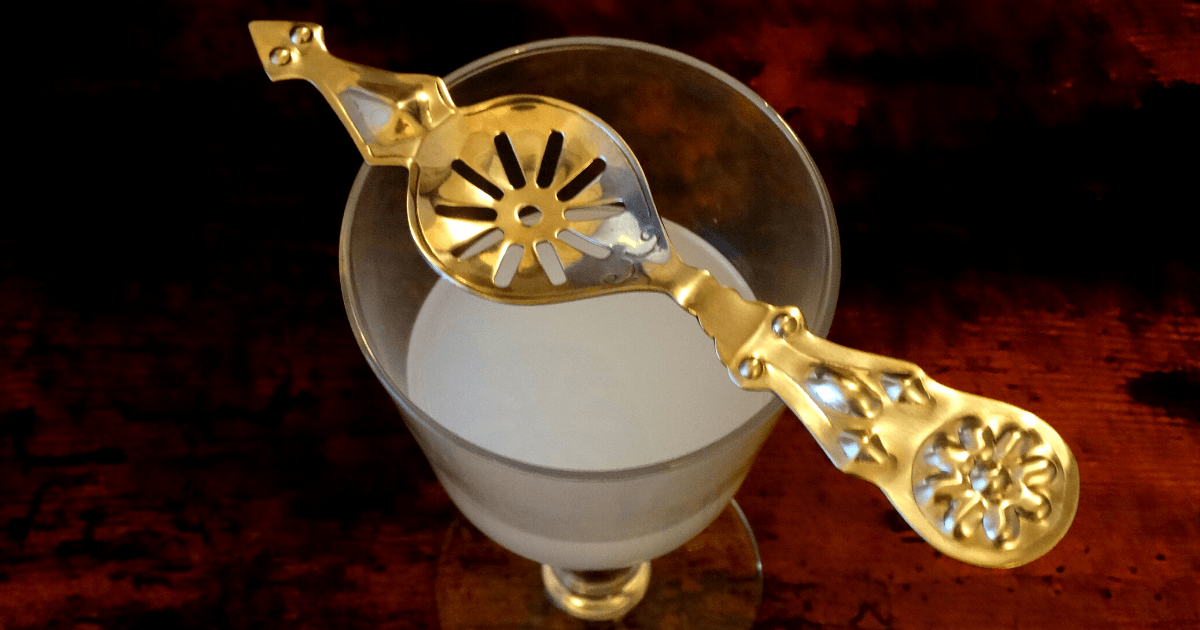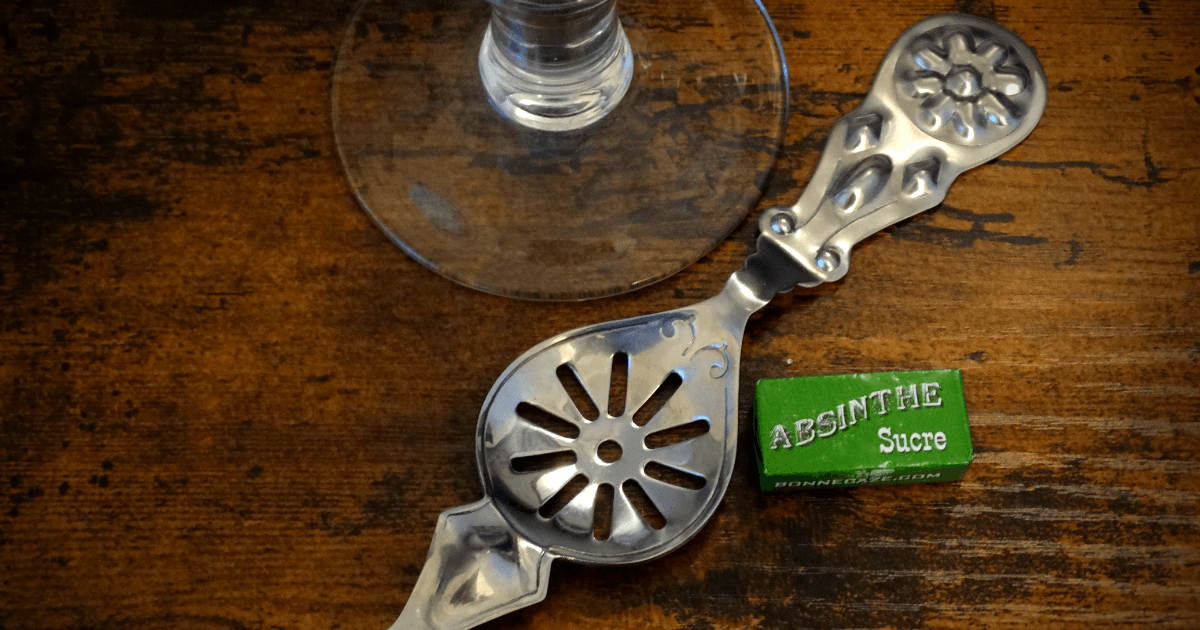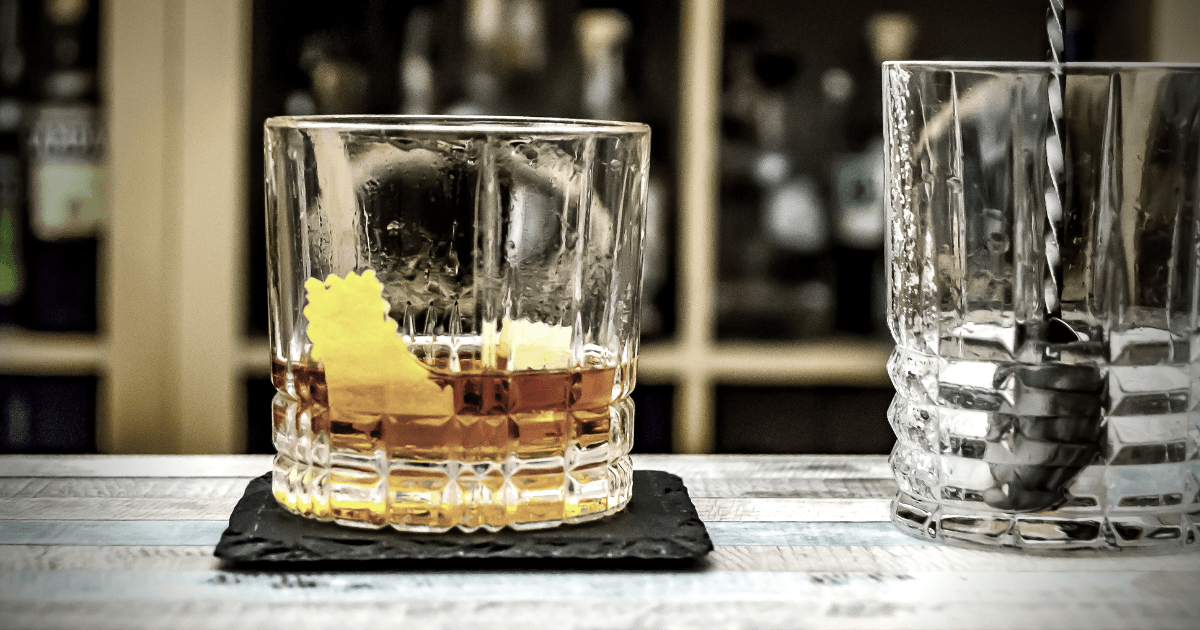Chasing The Green Fairy
TJ Shirk • June 14, 2021
A brief intro to the world of absinthe
If you have been around for awhile, I’m sure you have heard of absinthe. I’m sure you’ve heard things like: “That stuff will make you hallucinate!” “That stuff is illegal.” “The stuff over here isn’t even real.” Yes, absinthe has had a sordid past, although most concerns about it are utterly fallacious.
Absinthe dates back to the late 18th century, originating from the Swiss canton of Neuchâtel on the border of France. The popularity of absinthe grew exponentially in Paris in the late 19th and early 20th centuries. Being enjoyed mostly by artists, writers and other bohemians. By the end of the 1800s, absinthe was rivaling the sale of wine. Coupled with the onset of the prohibitionist temperance movement, the groups made absinthe synonymous with alcoholism, violence, murder, and portrayed it as the end to functioning society. A petition in 1907 declared: “Absinthe makes you crazy and criminal, provokes epilepsy and tuberculosis, and has killed thousands of French people. It makes a ferocious beast of man, a martyr of woman, and a degenerate of the infant, it disorganizes and ruins the family and menaces the future of the country.”
Absinthe was banned in 1910 in Switzerland, 1912 in the United States and 1914 in France. These bans remained in place until 2005 in Switzerland, 2007 in the United States and 2011 in France. It does not look like absinthe was ever banned in Canada, but whether it was imported or not is another story.
It is long believed that absinthe has hallucinogenic properties. There have been no scientific studies that prove this to be true. Any historical reports of hallucinogenic episodes from absinthe can be attributed to poisonous adulterants being added to cheap versions of absinthe in the 19th century. Modern absinthe, distilled using traditional methods, is no more dangerous than any other alcoholic spirit.
For those curious, you will be pleased to know that absinthe is alive and well. There are many distilleries from coast to coast producing absinthe along with many other traditional spirits.
A few years back, I discovered that Dillon’s Small Batch Distillers in Beamsville, Ontario produced an absinthe. Being a big fan of their gins, I was eager to get a bottle. Most recently, I discovered that Strathcona Spirits in Edmonton, Alberta was also making absinthe. In this article, I will compare and review these two absinthes for you.
To begin, both of these absinthes are what can be classified as Absinthe Blanche. Clear absinthe. Strathcona clearly states this. Dillon’s does not, but from appearance alone it is quite clear. Next to one another Dillon’s does show a slight greenish hue. Both of these bottles are also a second batch from each distillery. Strathcona released this second batch one month prior to reviewing this bottle. At the time of this article, Dillon’s has released their sixth batch of absinthe. Both absinthes are crafted with ingredients local to each distillery. Strathcona’s absinthe is bottled at 55% abv and Dillon’s is 68%abv.
I prepared both drinks in the French method, trickling iced water over sugar into a Pontarlier glass allowing both spirits to louche (turn cloudy and opaque). A ratio for water between 3:1 and 5:1 is preferred. Although an elaborate absinthe fountain can be purchased, they are very expensive and I could not justify such an expense for an occasional home preparation. A slotted absinthe spoon in an affordable accessory to hold the sugar cube and allow the water to trickle through. Pouring the iced water slowly from a mixing glass is sufficient. I have provided a DIY absinthe fountain hack at the end of this article. You may have heard of the Bohemian method or "fire ritual". The sugar cube was doused in alcohol on the spoon and ignited, then stirred into the absinthe to ignite the drink. Water would then be added to quench the flame. This method was used on cheap versions of absinthe to distract the consumer with pageantry, as the drink would not louche. This method is not recommended by connoisseurs and purists.
Both absinthes had strong smells of anise, black liquorice and fennel. Dillon’s had a slight citrusy-sweet note; I’m guessing from the lemon balm and hyssop used in finishing. Strathcona’s had a minty note to it. Both absinthes were milky and opalescent in the glass. Dillon’s appeared slightly more opalescent. Upon tasting, both were powerful in black liquorice and anise flavour. Very reminiscent of Grandma’s liquorice All-sorts and Dutch strong black liquorice. Both had what felt like an oily mouthfeel. Stathcona’s had a cooling mint sensation on the palate. Dillon’s packed a little more heat with the higher ABV, but being diluted with the water makes it far more manageable. Both are excellent in quality.
My final notes on these two bottles: For me in Ontario, Dillon’s is easier to purchase. It is carried in LCBO stores. Strathcona requires shipping from Alberta at additional cost, unless you meet the free shipping of over $99. Dillon's is a slightly larger bottle at 750mL versus 500mL with Strathcona. The packaging of Strathcona’s is far prettier in my opinion. The small wine bottle, beautiful paper labels and yellow wax dipped seal provide a gorgeous presentation. If higher ABV, bigger bottle, and convenience of purchase were all that mattered, Dillon’s would be the winner of the two. Alternatively, if I were in Alberta it may be a different scenario. If you can get either bottle and you enjoy the flavours of black liquorice, you will not be dissapointed.
Apart from drinking absinthe on it’s own, be sure to also try some famous cocktails made with absinthe, such as Death in the Afternoon, Corpse Reviver #2 and the Sazerac. Sip back and enjoy some absinthe this summer.
DIY Absinthe Fountain:
For the coffee brewing enthusiast, I created an absinthe fountain using my Aeropress coffee maker with the PuckPuck cold brew drip accessory. The filter cap on the Aeropress holds the sugar over the glass and the PuckPuck holds the water and provides the means to regulate the drip speed. You can find photos and a short video of the process.
TJ Shirk and Oenzym are not affiliated with any company mentioned in this article. All products were purchased for the purpose of this article.
